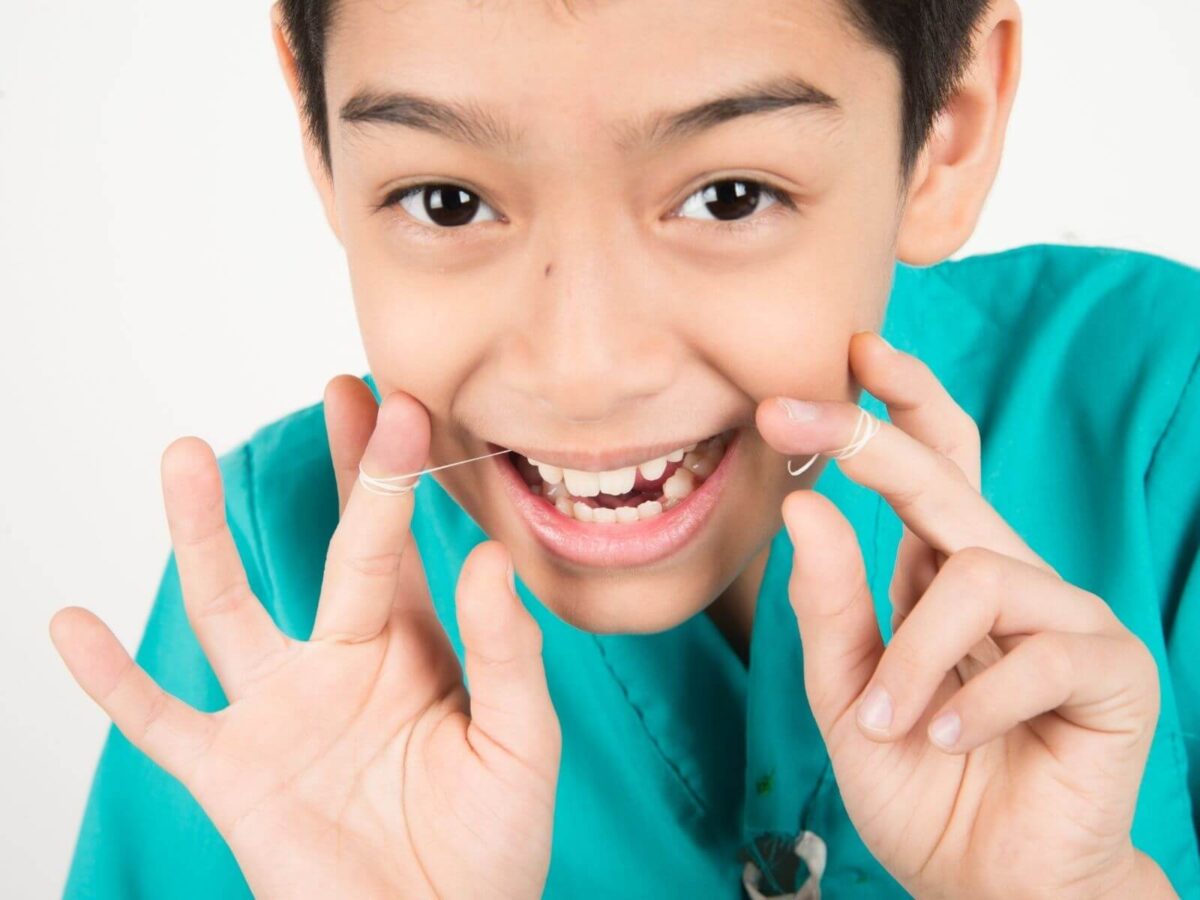Blog
Dental hygiene tips for healthy teeth & gums

Brushing Vs. Flossing: The Ultimate Oral Hygiene Showdown
The battle for clean teeth has evolved over centuries, with modern-day contenders like dental floss and interdental brushes taking center stage. Both have their advocates, but which is the best addition to your oral care routine? In this ultimate showdown, we’ll break down the strengths and weaknesses of each tool to help you determine which is most suited to keep your teeth sparkling clean.
Dental floss, one of the best-known techniques, has been widely used for centuries. Its thin thread makes it suitable for hard-to-reach areas, cleaning between teeth and gums to eliminate plack and gum ailments. In contrast, interdental brushes are becoming popular as they are easy to use and efficiently remove debris from the teeth. The ones that have small bristles can penetrate between teeth and be cleaned without necessarily causing harm.
So, which should you choose? Well, it all comes down to one’s individual choices, one’s oral health, and the dentist’s recommendations. Dental floss and interdental brushes are also significant in hygiene, depending on which method works for you. Let’s find out!
Brushing vs Flossing: Which is More Critical for Your Dental Health?
Tartar, the hard substance formed on the surfaces of our teeth, is formed due to the action of the bacteria, saliva, and various foods present in our mouth at all times. Brushing with toothpaste assists in the removal of the plaque that develops on the mesial, distal, and occlusal aspects of our teeth.
As much as brushing is important in removing plaque in the mouth, it cannot efficiently clean all the sides of our teeth and between them. Flossing also has a significant function in cleaning the interdental area and the area just below the line of gums. If the plaque develops in these areas, it leads to gum disease, a severe disease that mainly causes inflammation, bleeding, and, in the long run, tooth loss if not treated early.
These two go hand in hand in maintaining oral hygiene of the teeth and gums, respectively, among other parts of the mouth. Thus, both processes should be performed equally to achieve enhanced oral status.
Brushing
Cleaning teeth is one of the most important and basic procedures for caring for them. Here’s why it is important:
- Plaque Removal: Brushing assists in removing plaques, the filmy coat of bacteria that forms around the edges of teeth and causes cavities and gum disease.
- Fresh Breath: Brush teeth at least twice daily to remove food particles and bacteria that cause mouth odor.
- Enamel Protection: Fluoride toothpaste strengthens the teeth’ enamel and reduces the chances of the teeth decaying or developing sensitivity.
- Gum Health: Brushing the teeth correctly causes a reaction in the gums that brings about blood flow, which is very important for the health of the gums.
- Surface Cleaning: Ideal brushing helps clean all the faces of the teeth, buccal, occlusal, and proximal.
Flossing
Its benefits are equally important for maintaining optimal oral health:
- Interdental Cleaning: Flossing helps clean between the teeth and along the gumline where the bristles and brush head of a manual or powered toothbrush can’t go.
- Gum Health: Flossing reduces the rate of plaque buildup and helps minimize swelling within the mouth, thus helping fight gum disease.
- Bad Breath Prevention: Flossing removes debris on the sides of teeth to prevent foul-smelling substances from forming in the mouth.
- Cavity Prevention: Frequently, individuals avoid flossing because they believe it only cleans the teeth, but flossing actually rids the mouth of food particles that cause cavities.
- Tartar Prevention: Flossing also prevents the creation of tartar, which is a hard calcified deposit that requires professional cleaning.
Should I Floss Before or After Brushing?
- Flossing Before Brushing: Flossing first clears the spaces between your teeth of plaque and food deposits. This helps to clean your teeth more efficiently, and the fluoride in toothpaste provides better safeguards for your teeth.
- Brushing Before Flossing: Brushing initially reduces most plaque and remaining substances on the teeth. Flossing after the meal removes leftover particles stuck between the teeth, providing a clean mouth.
- Professional Recommendation: Most dentists recommend flossing before brushing their teeth. With lower gum injuries, this sequence will likely accomplish more plaque loss and fluoride benefits.
Tips for Effective Cleaning
- Choose the Right Tool: Choose an interdental cleaner appropriate for the space between your teeth and find one you would like to use.
- Be Gentle: Never apply pressure on the cleaning tool when cleaning the teeth to prevent the destruction of the gum.
- Be Consistent: Interdental cleaning should form part of your daily oral hygiene habits.
- Seek Professional Advice: Ask your dentist for advice on what kind of interdental cleaners are best adapted for you.
Flossing and Brushing: Best Practices
Flossing Tips
It requires a lot of patience to ensure you floss the right way to enhance proper brushing and oral hygiene. Here’s a step-by-step guide:
- Use Enough Floss: Use an approximately 18-inch winding square. Wear most of it around your index finger, saving about 1-2 inches for manipulation.
- Hold and Guide: Take the floss with another hand and run it between your teeth and in a gentle rocking motion.
- Curve and Clean: Move the floss to form a C shape around each tooth and glide it over the side of each tooth and along the gum line. Do not snap it or force it through the space in between your teeth.
- Use Clean Sections: When moving from one tooth to another, use a different section of the floss to avoid spreading the plaque and food particles.
Brushing Tips
Proper brushing eliminates plaque and complications, hence the need for proper brushing. Follow these guidelines for optimal brushing:
- Choose the Appropriate Brush: A good toothbrush is one with soft bristles and one that can easily penetrate the different sections of the mouth.
- Angle and Position: Place the brush at an angle of 45 degrees against the gum line.
- Gentle Circular Motions: The outer and chewing surfaces of the teeth should be brushed using concentric circle-styled motions until the adult uses two minutes of their time.
- Clean Your Tongue: Scrub your tongue to eliminate bacteria and eliminate the foul smell in your mouth.
The Verdict: A Balanced Approach
Despite the differences in these habits, there is no loser in the battle between a brush and dental floss because regular interdental cleaning is the key to healthy gums and teeth.
Flossing and brushing are two parts of oral hygiene deemed mandatory for good oral health. It pays to know what these practices are and the right way to go about them to minimize the risks associated with cavities, gum diseases, and foul breath. Some people find that flossing their teeth first is better for oral care than brushing their teeth first. At Liberty Dental, we understand our responsibility and offer appropriate advice and treatment to give you that smile you deserve.


